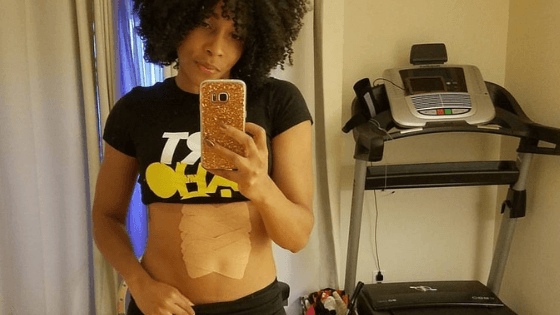Measuring a diastasis recti or abdominal separation assesses the width of the gap, the tension of the connective tissue and core function. You can watch a diastasis recti test video here.
But measuring a diastasis recti often raises as many questions as it answers. ‘Is it the gap when my head and shoulders are resting on the floor, or raised?’ ‘How high up do I lift?’ ‘Is the real size of the gap when the muscles are relaxed or when they are engaged?’ ‘Why is my gap wider at some points than at others?’ ”My gap is larger at night than in the morning. Which is the right measurement?’ ‘I get more doming of my abs when I raise my head higher / when I do a straight leg lift / when I lift my shoulders… which one is the true measurement?’.

The reason for that is all the ways you perform a diastasis recti test exert intra-abdominal pressure. When you do a diastasis recti test you contract the rectus abdominis muscle temporarily to enable you to feel the gap between the 2 parts of the muscle and to approximate the width of that gap with your fingers.
How often should you measure a diastasis recti?
If you’re working on rehabbing your diastasis, check in with a brief test every 2-3 weeks. There’s really no need to do it any more often than that. You are establishing an approximate measurement in finger widths, as well as tension and pressure in the midline. The video shows and explains. You measure so you can have an idea of progress as you get stronger. Remember, people have different size fingers… this is not an exact science.
The gap itself, the diastasis recti is not the cause of any core issues, it’s merely a symptom. Address the reasons for the gap and don’t worry too much about measuring a diastasis recti too often.
Start incorporating movement that helps heal your diastasis recti instead!












